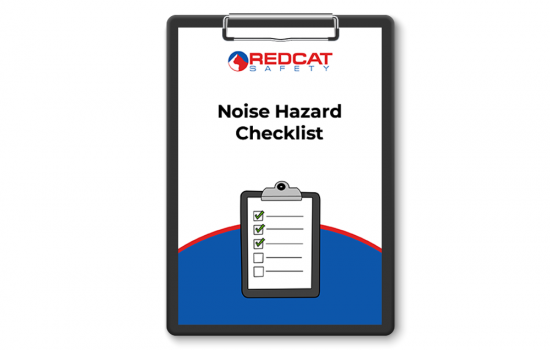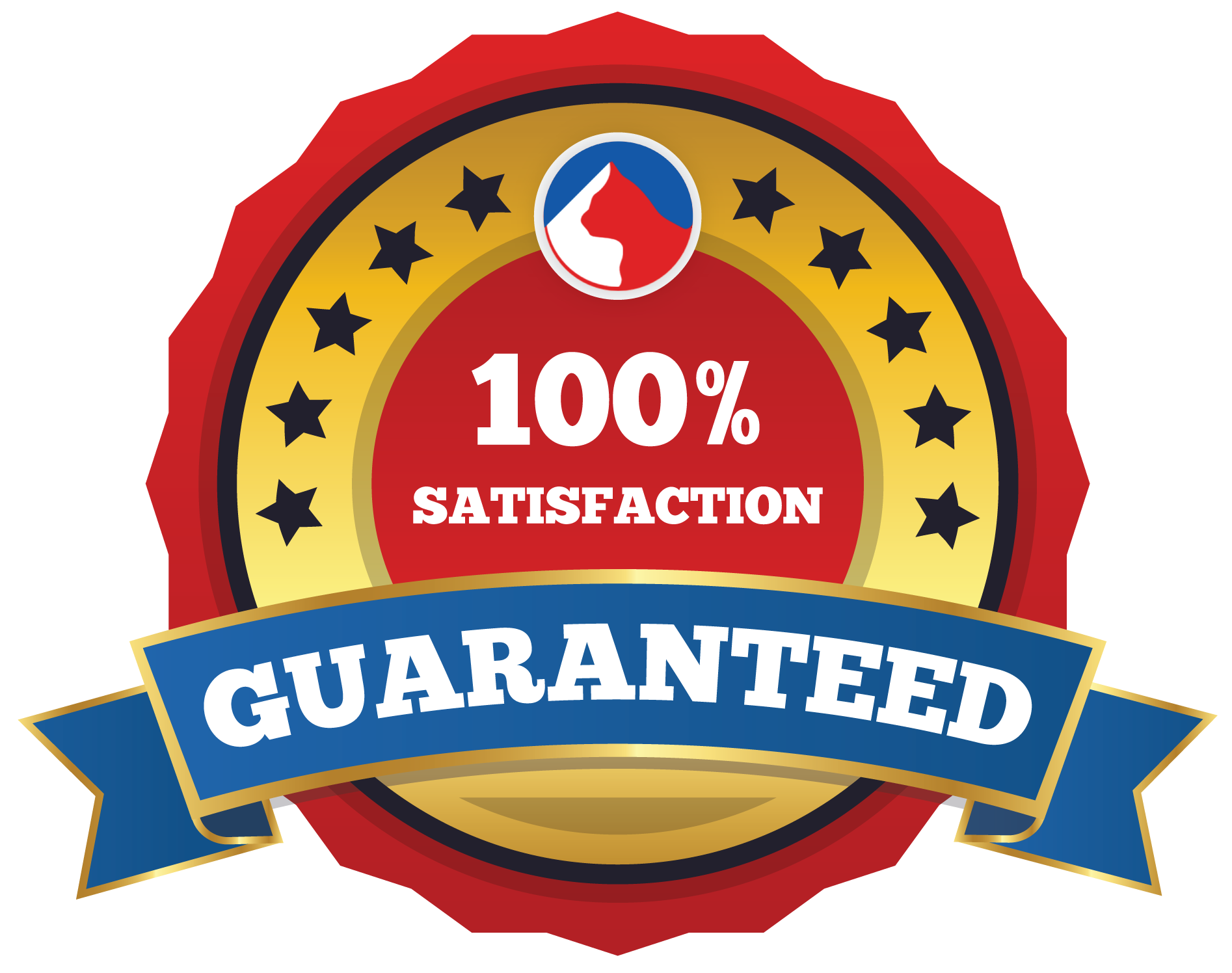What is Workplace Noise?
Workplace noise is any noise that occurs in the workplace that can be a source of irritation, distraction, or other health and safety risks to employees. It generally refers to any kind of noise that can be disruptive or harmful to workers in a work environment. There are many different sources of noise in the workplace ranging from machinery and equipment to co-workers and general outside noise. In many cases, excessive noise can be a part of the job, such as in construction or manufacturing. Employers are required to take steps to minimize hazardous noise exposure to their employees. There are several health risks associated with noise exposure, including noise-induced hearing loss, damaged hearing, tinnitus and stress.
How is Noise Measured in The Workplace?
Noise in the workplace can be measured using a sound level meter. A sound level meter is an instrument used to measure sound pressure levels in decibels (dB). The most common type of sound level meter is the A-weighted sound level meter, which is used to measure noise levels in dB(A). A sound level meter is an important tool for anyone who needs to measure sound levels in their workplace, to ensure that noise levels remain below a certain threshold.
What is a Noise Hazard Checklist and How Does it Work?
Working in a noisy environment can be hazardous to your health if you are not careful. A noise hazard checklist is an assessment tool that can be used to evaluate compliance with the risk factors of workplace noise. If noise hazards are assessed as excessive control measures will need to be implemented.
Contents of this Noise Hazard Checklist
This noise hazard checklist has prompts for risk factors relative to workplace noise inclusive of:
- Work location, noise source, risk factor and if compliance is/is not achieved.
- The difficulty in communication between two persons at a close distance.
- If persons in the area notice a reduction in hearing over the day.
- If persons experience ringing in the ears, a different tone in each ear or blurred hearing.
- If any long-term workers are hard of hearing.
- If hearing protection is provided.
- If results of past noise surveys or assessments indicate noise levels are exceeding regulated noise limits.
- If there are signs, indicating that hearing protection must be worn posted in the work area.
Why Choose to Buy this Noise Hazard Checklist
This 2-page noise hazard checklist can assist you to identify compliance levels that are relative to workplace noise.
After purchasing this template you will be able to:
- Very easily edit and customize the template to create your own noise hazard checklist.
- Apply your own style, format and brand to the checklist.
- Use it in any industry or sector regardless of size or type of organization.
Availability and Use of this Noise Hazard Checklist
- This noise hazard checklist template is accessible to you right now by clicking the ‘Buy Now’ button.
- The checklist will be delivered to you in fully editable Microsoft Word format for immediate and full use in your business.
- There are no subscriptions, contracts or ongoing costs.


